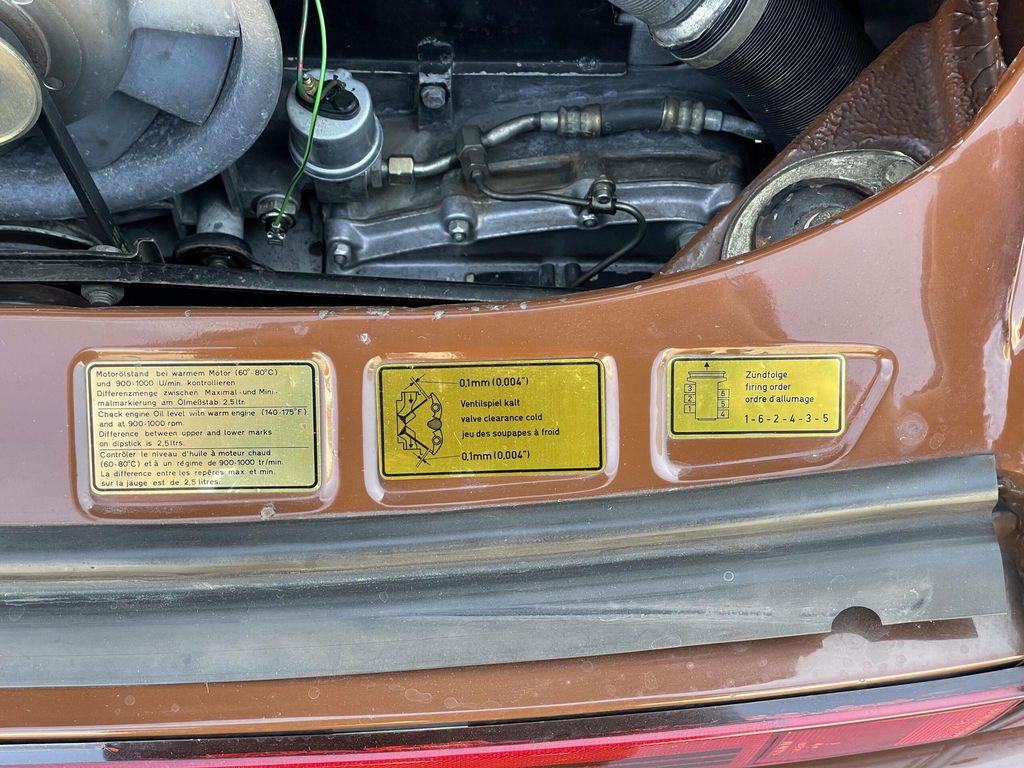The first major revision of the 911 body in 1973 was triggered by a US law that required all newly registered vehicles to be able to withstand an impact at a speed of 5 mph = 8 km/h without damage. In order not to lose the important US market, the 911 was redesigned with impact absorbers integrated into the bumpers. The impact dampers were replaced with cheaper impact pipes on models not intended for US export. These had to be replaced after parking collisions, which was not necessary with the elastic impact absorbers. The impact absorbers could be ordered as an extra.
The G model (correct: the G series) appeared in mid-1973 (model year 1974) and the 911 was produced with this body for 16 years until mid-1989 (end of the K program). Although strictly speaking only the 1974 model year can be called a “G model”, all 911 models built between 1973 and 1989 are generally called this.
The main difference between the original model and the G model are the large bumpers of the newer 911 – these are more massive. In particular, the fold-like plastic transitions between the bumpers and the body have earned the model the nickname “Bellows Porsche”. The front turn signals were moved from the fender corners to the bumper. At the rear, a continuous red reflector strip with the inscription “Porsche” has been added between the taillights.
From the G model onwards, all 911 models have engines with a displacement of at least 2.7 liters. The output of the entry-level 911 model was 110 kW (150 hp); the 911 S model had 129 kW (175 hp).
The interior has only been revised in a few details and does not differ much from that of the original model. In general, more emphasis was placed on driving comfort in the G model, which is reflected in the seating and the additional electrical features. Electric windows, an electric sunroof or an electrically operated convertible top could be ordered. These many helpers ensured that switches were installed in various places in the cockpit of the 911, which by today's standards are not very ergonomic.

























































